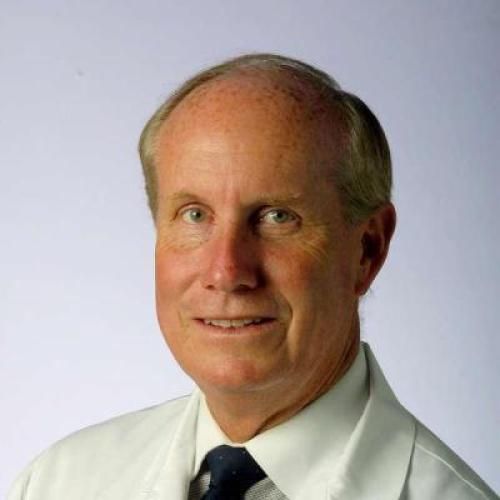
Diffusing capacity and pulmonary capillary blood flow during maximal exercise
Purpose: Normal pulmonary vascular response to exercise is to increase pulmonary capillary blood flow (Qc) and volume. Quantifying this response has been difficult, requiring invasive monitors or cumbersome non-invasive techniques. We previously described a single exhalation maneuver that analyzes CO and C2H2 uptake to calculate pulmonary diffusion (DL) and Qc during rest and mild exercise (CHEST,105(2): 501-8, 1994). We now expand this technique to measure DL and Qc up to maximum exercise. Methods: Seven healthy volunteers (average age, 30 years, average FEV1, 4.45liters) exercised on a bicycle ergometer to maximal exercise tolerance. Measurements taken at baseline and 25, 50, 75 and 100% of predicted maximum oxygen consumption (VO2max) were: actual VO2, heart rate (HR), and minute ventilation (Ve). At each level, subjects performed a single inhalation of gases (0.3% CH4, CO, and C2H2). Exhaled gas concentrations were measured and alveolar volume (VA), DL, and Qc calculated as previously described (CHEST ,1994). Results: Subjects exercised to ≥ 90% predicted VO2max. The following mean values were calculated for the following: VO2, DL, HR, Ve, VA and Qc. HR and Ve increased almost linearly tomaximal exercise. DL and Qc increased substantially during mild to moderate exercise but appear to plateau at higher levels. VA did not change with exercise. Conclusions: Observations are consistent with the concept of exercise related pulmonary vascular adjustments (i.e. Qc and capillary volume) occurring primarily in the early phases of exercise with little change in later phases. The Qc plateau may also reflect the build up of C2H2 back pressure in capillary blood. Clinical Implications: This technique, with exercise testing has potential in cardiopulmonary assessment in certain diseased states. VO2 (L/m) 0.360 0.899 1.661 2.422 HR 89 ± 5 106 ± 6 137 ± 4 161 ± 4 Ve(L/m) 16 ± 2 23 ± 3 45 ± 5 77 ± 10 DL 29 ± 3 34 ± 3 38 ± 4 41 ± 4 VA 6.6 ± 0.3 6.5 ± 0.3 6.6 ± 0.3 6.7 ± 0.3 Qc 5.6 ± 0.6 9.6 ± 1.2 12.1 ± 1.4 12.6 ± 1.4.
Duke Scholars
Published In
ISSN
Publication Date
Volume
Issue
Start / End Page
Related Subject Headings
- Respiratory System
- 3202 Clinical sciences
- 3201 Cardiovascular medicine and haematology
- 1103 Clinical Sciences
Citation

Published In
ISSN
Publication Date
Volume
Issue
Start / End Page
Related Subject Headings
- Respiratory System
- 3202 Clinical sciences
- 3201 Cardiovascular medicine and haematology
- 1103 Clinical Sciences


